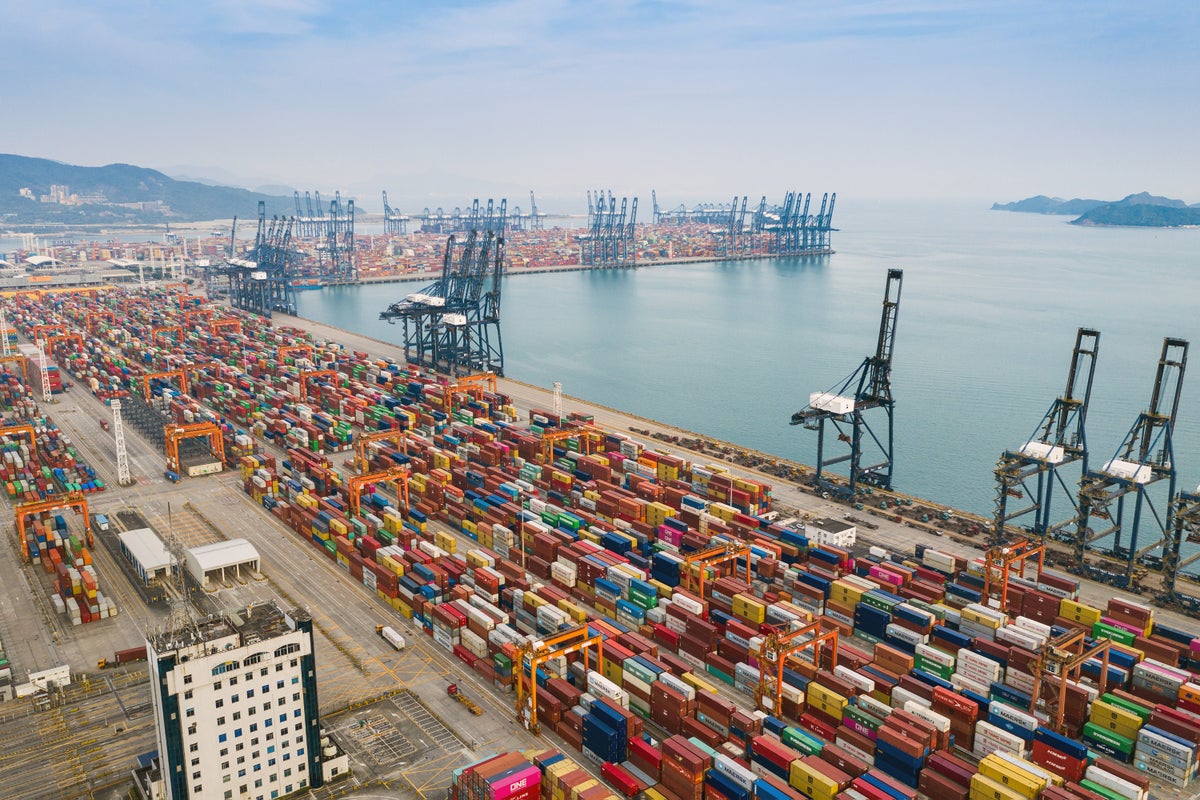Now Reading: Decoding Tariffs: What Economic Studies Reveal About Their Impact
-
01
Decoding Tariffs: What Economic Studies Reveal About Their Impact
Decoding Tariffs: What Economic Studies Reveal About Their Impact

Fast Summary
- Tariffs, announced and modified during President trump’s second term, targeted imports from countries like Canada, Mexico, and China. The rates ranged from 10% to 25%.
- higher tariffs on Chinese goods were implemented as a foreign policy strategy under Trump and retained by President Biden with additions targeting products such as electric vehicles and medical equipment.
- Traditional tariffs aim to protect domestic producers by raising the cost of imported goods, allowing local manufacturers to charge more competitively without losing customers. However, they increase prices for consumers while providing limited government revenue compared to income taxes.
- Tariffs frequently enough cause supply chain disruptions due to global interdependence in manufacturing processes; this adds significant costs for all economies involved.
- One analysis estimates that substantial tariffs could reduce the U.S.’s gross domestic product (GDP) by $600 billion over four years while escalating trade wars may lead to retaliatory tariffs from targeted nations.
- Economic studies link tariff-induced higher costs with increases in unemployment and inequality globally affecting lower-income groups disproportionately.
Indian Opinion Analysis
The impact of evolving international tariff policies has broad implications for India as it seeks deeper integration into global trade systems through free trade agreements (FTAs). While India’s strategic push for self-reliance can partly align with protectionist principles similar to those exemplified by U.S.’s tariff strategies under various administrations, heavy reliance on imports-especially energy resources and critical technology components-requires caution against disruptions caused by international trade barriers or retaliatory moves within interconnected markets.
India’s export industries could face ripple effects if protectionist measures intensify globally since these industries depend heavily on competitive pricing thresholds sensitive to external factors like tariffs abroad. Preserving balanced economic relationships will be key moving forward given concerns raised around inequities possibly worsening affordability issues low-income populations experience worldwide-including risks mirrored domestically amid rising commodity prices.
Read More: Scientific American




























